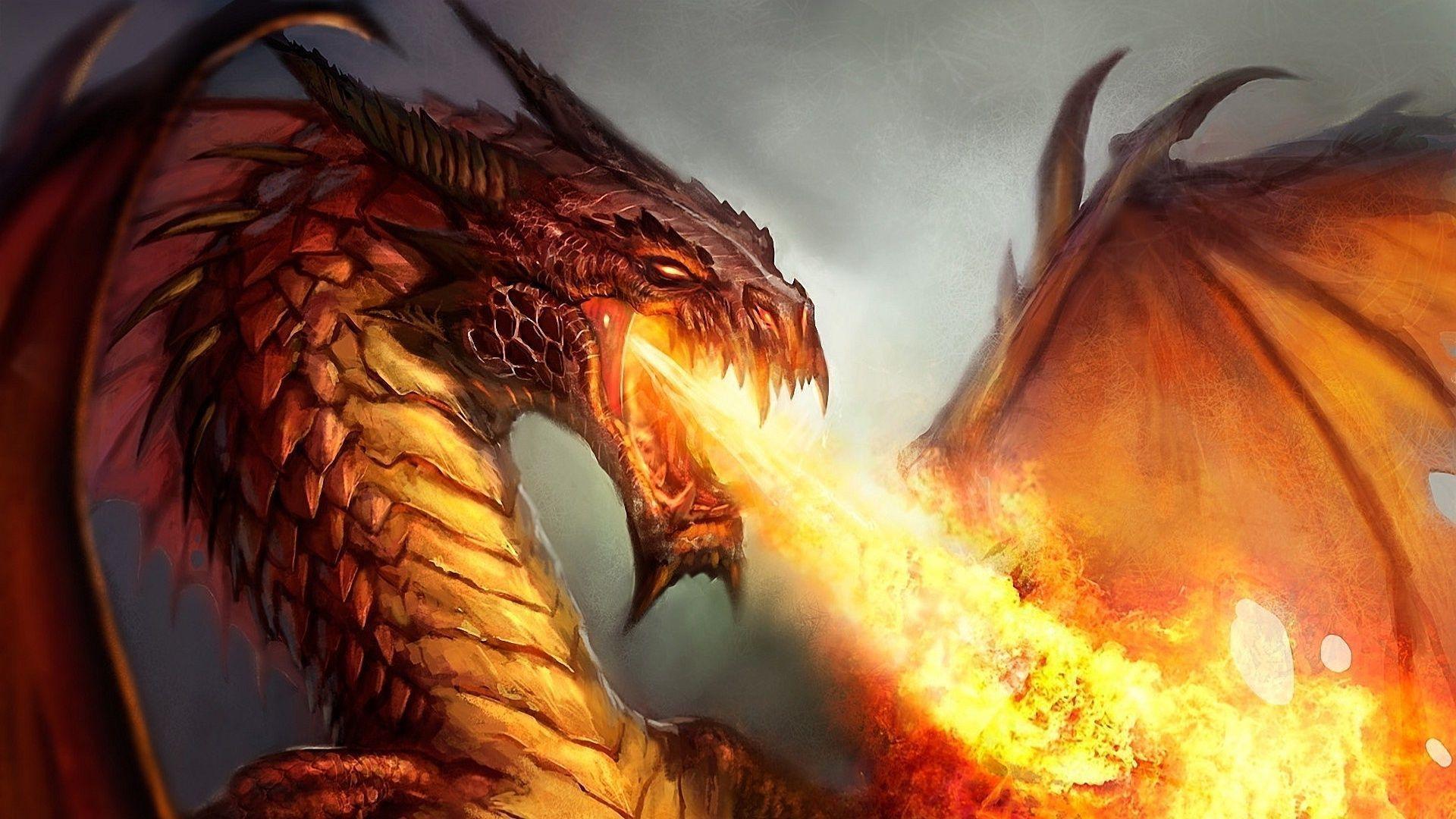No one can say for sure when stories about dragons first appeared. But the massive, mysterious serpents are found in folklore of different cultures all around the Earth. Throughout their history, the dragon's appearance has been described differently. Dragons in Western culture usually have wings, scales, horns, four legs, and can usually breathe fire. Dragons in Eastern cultures typically don't have wings and have a more snakelike body.
So what could possibly account for so many unconnected ancient people telling stories about similar dragon-like creatures? Is there a chance at all that there's some truth to this ancient myth? Could this mean that dragons did once exist? Experts and historians are still searching for an exact answer, but they have identified a few real-world animals that might have inspired the original dragon legends.
One of the most popular theories is that ancient people may have discovered the bones or fossils of a large dinosaur and mistaken them for dragons. In fact, there's even an ancient historical record of mistaken identity dating back more than 1,700 years. A Chinese historian by the name of Chang Qu writes about finding dragon bones that modern scientists believe were almost certainly the bones of shunosaurus.
Some believe hat both Egyptian and European dragon legends could've been inspired by the same animal, the Nile crocodile. According to the theory, the enormous animal may have ventured farther north in ancient times, crossing the Mediterranean and coming ashore in Italy or Greece. They are large, long, fierce, and one of the few crocs who can high-walk, making it look a little more like a dragon. The final most popular hypothesis involves snakes.
According to the theory, humans have an instinctual ancient fear of snakes and other apex predators that dates back to our ancient ancestors. Our distant relatives were living side by side with pythons, vipers, cobras, and other dangerous creatures. (screaming) This reflexive fear of serpents and other apex predators was passed down from generation to generation, instilling a natural fear of snakes in most people, even today when the average person rarely ever encounters one.
The earliest known depictions of dragons all around the world tend to resemble snakes, or very snakelike creatures, which may mean that dragons are nothing more than the mythical manifestation of our fear of slithering snakes and other deadly creatures. In fact, in most folklore, dragons tend to live in dank, dark places like mountain caves, deep pools, tangled forests, or other dangerous places that an early human might've encountered a predator.
So could dragons be real? Almost certainly not. But that doesn't mean our past wasn't full of predators just as dangerous as this mighty mythic creature.





This comment has been removed by the author.
ReplyDelete